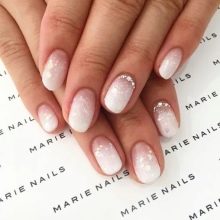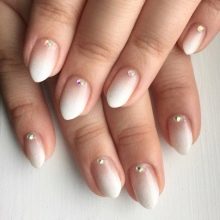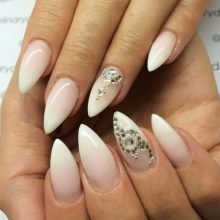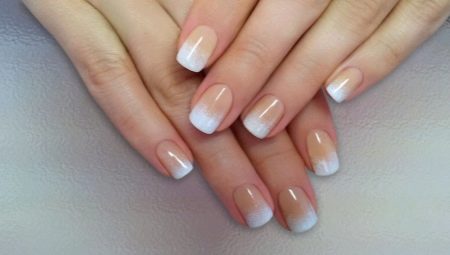Currently, a relatively new direction in "nail art" has appeared - ombre. This style originates in France. The technique of its execution is based on fuzzy smooth transitions of several colors from one to another. In the usual gradient manicure there are pronounced borders, and in the ombre they are made blurry, shaded.
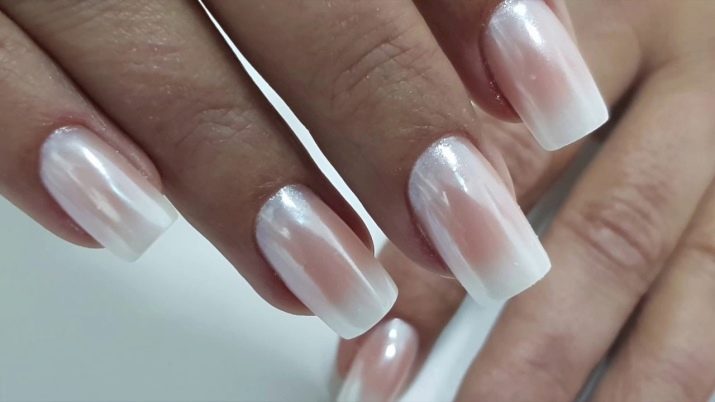
This technique is quite simple, and you can do it yourself at home. Such nails look great in a working environment, and at a party or club. Ombre transitions can be vertical, horizontal, diagonal and even point - it all depends on imagination and skills. With the help of such a manicure, you can emphasize any outfit and individualize your image.
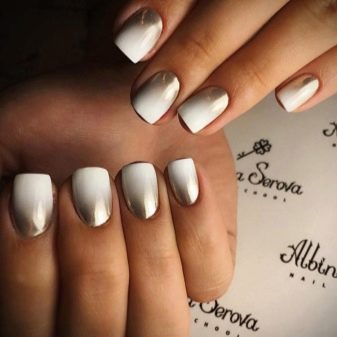

Features
There are several methods for applying varnish to a work surface. When staining with one tone, only the color intensity changes. You can use two or three different colors on the same nail. In this case, the lightest tone will go to a darker one. Also interesting is the option of applying on each subsequent finger a darker tone of the same color.
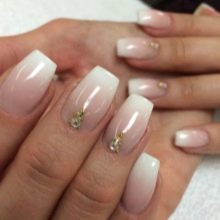
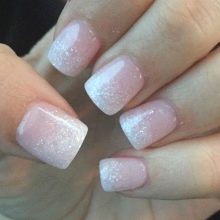
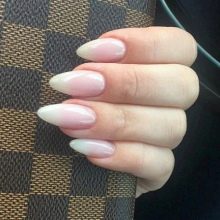
Application Technique
The most universal is considered to be the white gradient, which fits perfectly into any image. To create it, you need a varnish, as well as a basic set of conventional tools for manicure, because the surface must first be carefully prepared for coating.
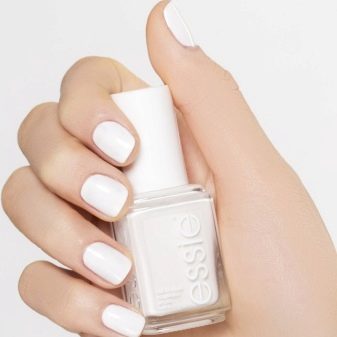

This is usually done like this:
- remove the old coating;
- remove the cuticle;
- file the nail plate to the desired shape.
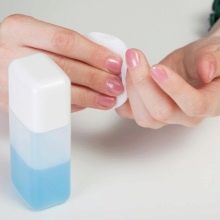

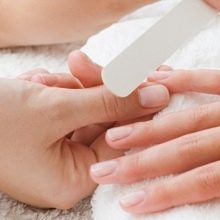
Before starting a decorative manicure, you should prepare everything you need. To do this, you will need: a base varnish, several decorative varnishes of different colors or tones, a fixing agent, a sponge or a brush, a palette, cotton swabs and nail polish remover.


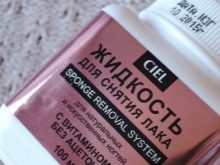
There are several ways to make ombre at home: smooth transitions of tones are obtained by shading with a brush for decoration or a sponge.
Sponge
First you need to apply a varnish base. To do this, use both transparent and the lightest of the selected tones. They cover the surface completely. The area around the nail is best smeared with oily cream for the cuticle or just for the hands. So on the skin there will be no lacquer marks from the sponge.


Next, using the palette and brush for blending, you need to recreate all the transitions of the varnish from tone to tone. At the same time, the darkest shades should be used on the tips of the nails. This technique visually lengthens the nail plate.
The sponge is slightly moistened with water. This is done so that she does not have time to absorb all the varnish at once. Having dipped the sponge into the finished varnish composition several times, it is carefully applied to the nail. At the same time, strong clicks should be avoided, as deep prints from the sponge may remain. For a brighter manicure, you can apply the composition to the surface several more times.

Since the varnish is quickly absorbed into the sponge, mixing must be repeated for each subsequent nail. After staining on both hands, the varnish should dry. If severe irregularities occur, they are corrected by shading with a brush.

At the end, a fixative is applied, which removes small irregularities from the sponge - the surface will turn out to be smooth and shiny.
Remains of varnish around the nail plate can be removed with a cotton swab. In the case when a little coating fell on the area without cream, you can use a special liquid to remove it.
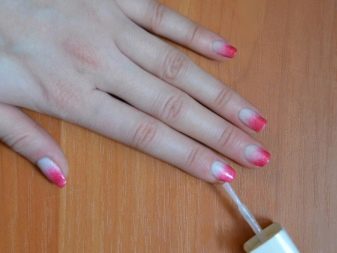

Using brush
All preparatory work is performed in the same way as in the previous method. But after applying the foundation, the lightest tone of the selected palette is applied to the root of the nail to the middle or one third of the working surface. It depends on the number of colors or tones of the varnish. Then, with the help of a brush for decoration, the contour of the varnish is gently, without pressure, shaded. Then a darker tone is also applied and shaded. With light brush movements, you need to smooth out the transition between different colors as much as possible. The contour of the nail at the end can be outlined with the darkest varnish.
Next, the varnish should dry. After this, a fixative is applied to it, and the ombre manicure is ready.
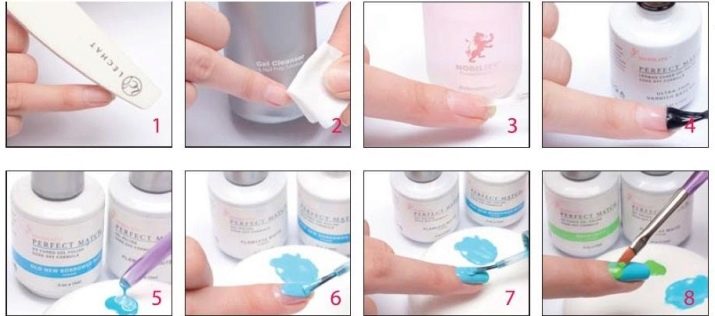
Even more ways to make a gradient on the nails are presented in the video below.
Varieties
The white ombre is very similar in tone to the usual French manicure, and the color scheme of the varnishes used to create it is the same.


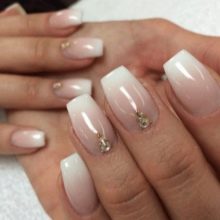
The simplest, but no less beautiful option is a white manicure. The number of layers of varnish depends on the desired color intensity. You can paint the surface in two layers, which will look easy and fresh. If you apply a multilayer application, but the nails will resemble pearls and overflows, which is also very stylish.

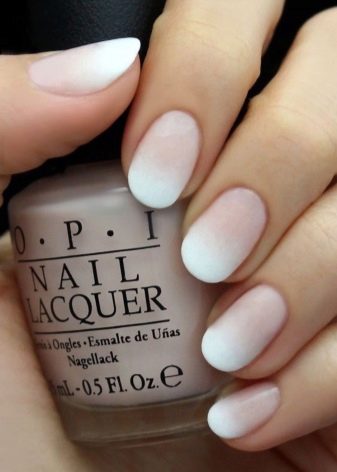
However, if desired, you can dilute the white color with pastel shades of pink, blue and beige. As a rule, colored varnish is applied to the lower part of the nail, and the tip is painted white.
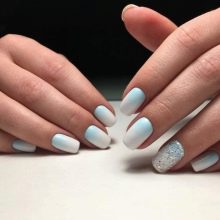
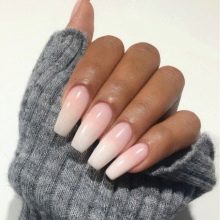
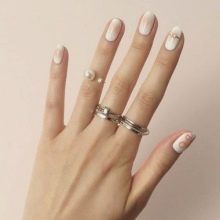
Such a manicure can maintain the tone of clothes, shoes, makeup. A small combination in the colors of the bow is not only beautiful, but also stylish.
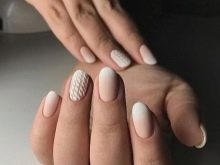

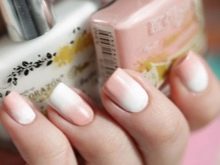
In addition, the white gradient on the nails looks good with sparkles and rhinestones, which in a small amount will be appropriate in the daytime.
